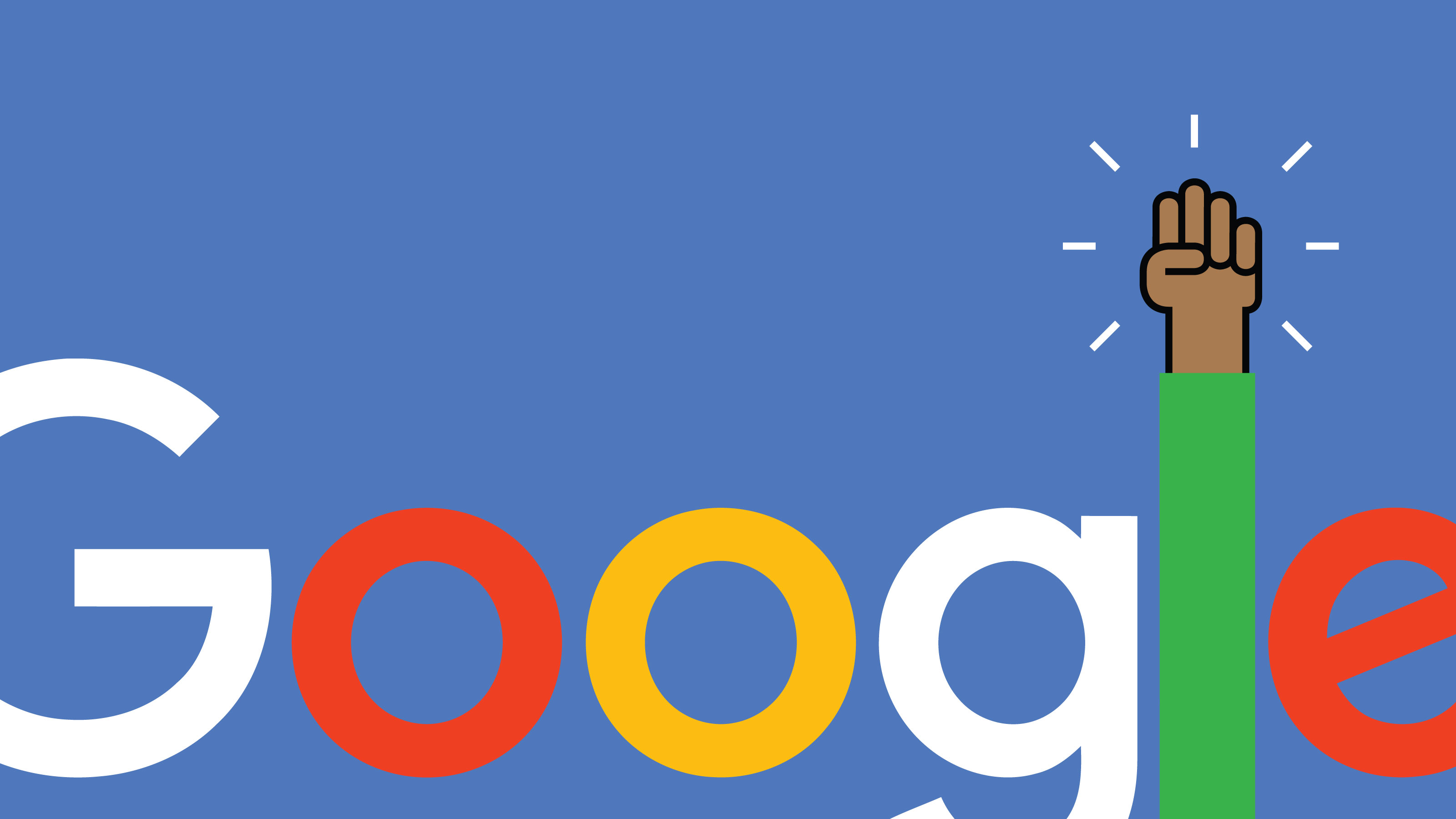Google contract workers voted to unionize. The law isn’t on their side.

Do Google contractors work for Google?
The question may sound silly. It may also determine the fate of the Google contract workers in Pittsburgh who voted to unionize with the United Steelworkers yesterday. These tech contractors say that they receive fewer benefits than full Google employees despite working alongside them, and want fairer treatment. The decision to unionize is being described as a game changer for the entire tech industry, which relies on a “shadow force” of temporary employees that do similar jobs as (and can even outnumber) full employees. But the momentum could face serious challenges because of an ongoing debate over who works for who.
Here’s why. Companies are not allowed to fire employees for unionizing. That violates the National Labor Relations Act. “But if a company fires its contractor because the contractor’s workers have unionized, it is off scot-free,” says Brishen Rogers, a professor of labor law at Temple University. The Pittsburgh workers are contractors who work for HCL Technologies, so theoretically, Google could fire all of them because they voted to unionize—which would obviously be a huge blow. Google doesn’t need to bargain with the workers at all, Rogers adds. In fact, it’s possible that the United Steelworkers could be punished by a federal court if the HCL workers picketed and had signs that said “On strike against Google” or influenced full-time Google employees to stop work and strike.
But—and this is crucial—companies are not allowed to fire workers for unionizing if they're "jointly employed" by the contractor (in this case, HCL) and the corporation (Google)
What does “jointly employed” mean? It’s not a settled question. In 2015, the National Labor Relations Board—inspired by McDonald’s workers who insisted they were jointly employed by the franchise and corporation—declared that a company didn’t have to directly control the worker every day to be an employer.
But in recent years, the Trump administration has essentially tried to reverse that. It is proposing a new rule that would make proving joint employer status much harder—and Google and Microsoft support the rule. It hasn’t passed yet, but could by the time Google and the union finish litigation, if they end up going to court over this definition. “The issue has been going on for so long in part because there’s a lot of legal nuance, but also because there are literally tens of billions of dollars at stake all across the economy,” says Rogers. In the Pittsburgh case, lawyers would likely look at how much Google assigns, manages, and pays the workers, or whether HCL does most of the supervision on a daily basis. The future of efforts to organize tech contractors will depend on who is considered the boss.
The law may not be friendly, but this doesn't mean the union effort is futile or doomed to fail. Reuel Schiller, an employment expert at UC Hastings in San Francisco, points out that public relations could ultimately be more important. “The thing that makes it particularly interesting is the public face of Google, where they want to keep costs down but don’t want to appear to be union-busting,” he says.
Margaret O’Mara, a historian at the University of Washington, adds that yesterday's vote is far from the first time people in the tech industry have tried to unionize. There have been repeated efforts, starting from blue-collar unionization of fabrication plants, she says. A few years ago, Microsoft contractors unionized, but then their jobs were eliminated. But it may be different this time, O’Mara says. New activism in tech, like the protests of Uber and Lyft drivers and walkouts by full-time Google employees, may pressure companies into action.
But public attention is a volatile resource, and a change to labor law would have a much bigger effect, especially if the attention goes away. “It should be much easier for workers to unionize,” says Rogers. “And after they do, they should be able to bargain with companies that hold power over their working conditions."
Deep Dive
Policy
Is there anything more fascinating than a hidden world?
Some hidden worlds--whether in space, deep in the ocean, or in the form of waves or microbes--remain stubbornly unseen. Here's how technology is being used to reveal them.
What Luddites can teach us about resisting an automated future
Opposing technology isn’t antithetical to progress.
A brief, weird history of brainwashing
L. Ron Hubbard, Operation Midnight Climax, and stochastic terrorism—the race for mind control changed America forever.
Africa’s push to regulate AI starts now
AI is expanding across the continent and new policies are taking shape. But poor digital infrastructure and regulatory bottlenecks could slow adoption.
Stay connected
Get the latest updates from
MIT Technology Review
Discover special offers, top stories, upcoming events, and more.